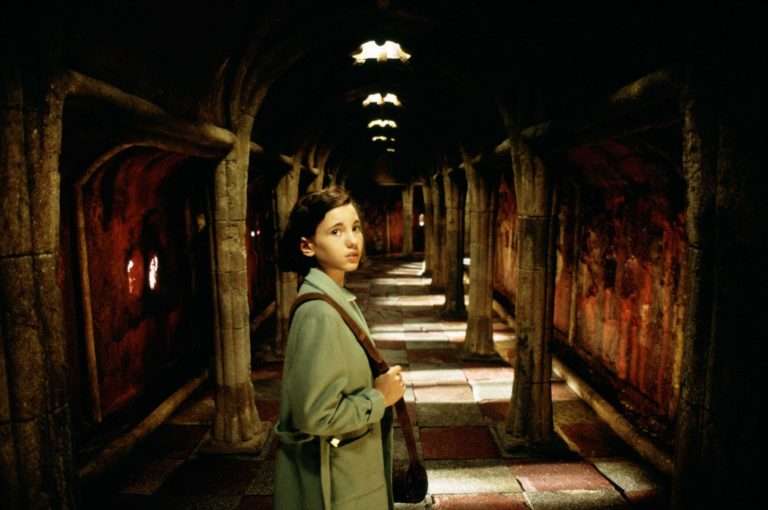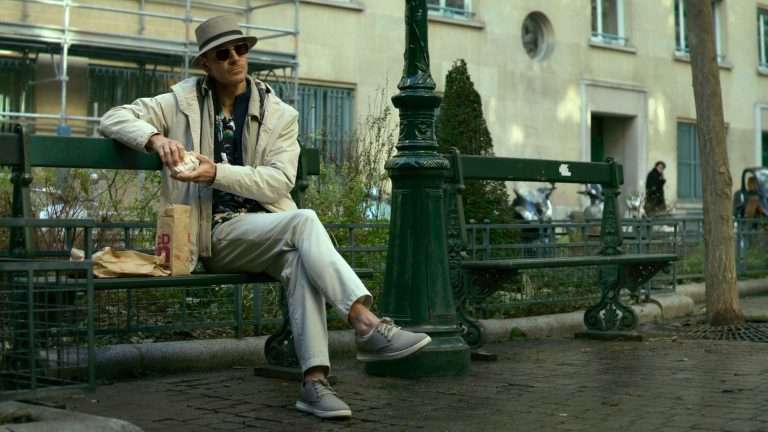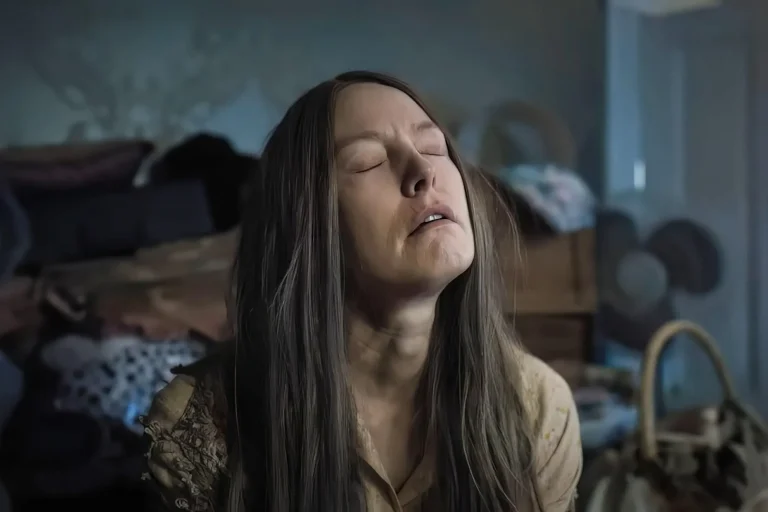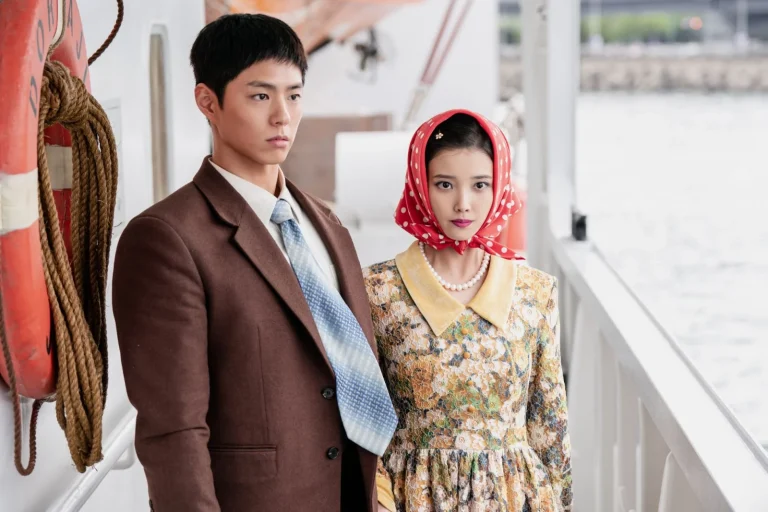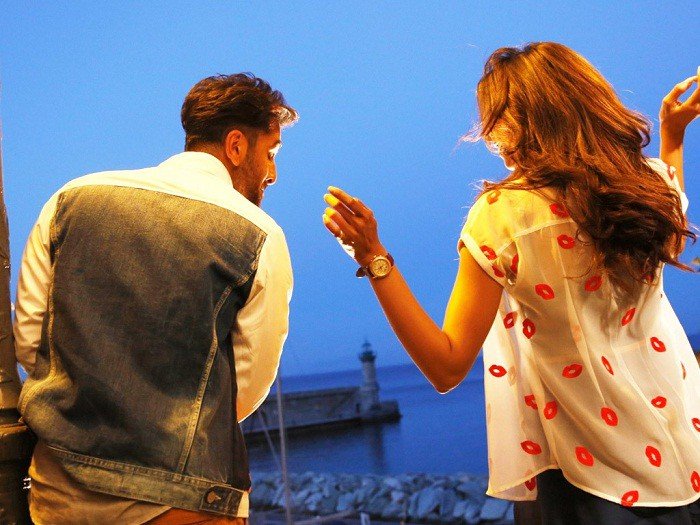Payal Kapadia’s Grand Prix-winning “All We Imagine as Light” just had its premiere at the MAMI Film Festival 2024. The excitement was predictably through the roof. Of course, it was partially related to the recognition it received which an Indian film had not even stood a chance for in several years. However, another tissue connects the film specifically to Mumbai, the city that was excited about it. It’s the supposed ‘Mumbai Spirit’. In the post-screening Q&A session, Kapadia briefly spoke about the same phenomena.
Mumbai is a city filled with contradictions. Many people come to this ‘city of dreams’, looking at it through their rose-tinted glasses. They go on a journey akin to the ‘American dream.’ They assume their efforts or skills are enough to let them rise up the ladder. So, they tolerate its inescapable sweat and dust, the massive rent prices, and the crowded trains. While living there, you stop believing that the rain is romantic. The reality humbles you. It shows you some Mumbai residents losing their houses after a downpour while you probably have to just tolerate the water dripping through your walls.
While living in Mumbai, you learn to cut down on your expenses since something else might always come up. You lose your old habits and build new, budget-conscious, or future-conscious ones – a little earlier in your life than you would elsewhere. However, not all can afford these choices. You may have to just drink fewer cups of coffee a month to make up your rent but someone may lose their job and their entire livelihood as the city succumbs to capitalism. It can suddenly force them to uproot their lives in this city so they can afford to survive. You may look for ways to spend less on tomatoes or a pack of detergent while some others will survive without water for days.
In all of Mumbai’s darkness, you naturally seek light. Kapadia’s film tells a similar story. The film follows three women, who relocated to Mumbai to make a living. Two of them are Malayali while one of them is Marathi. Prabha (Kani Kusruti) lives away from her husband. He left her to be in Germany shortly after their arranged marriage. So, they were strangers before and remained strangers later. She works as a nurse at a Mumbai hospital. Her colleague, Dr Manoj (Azees Nedumangad) tries to woo her but she refuses his advances.
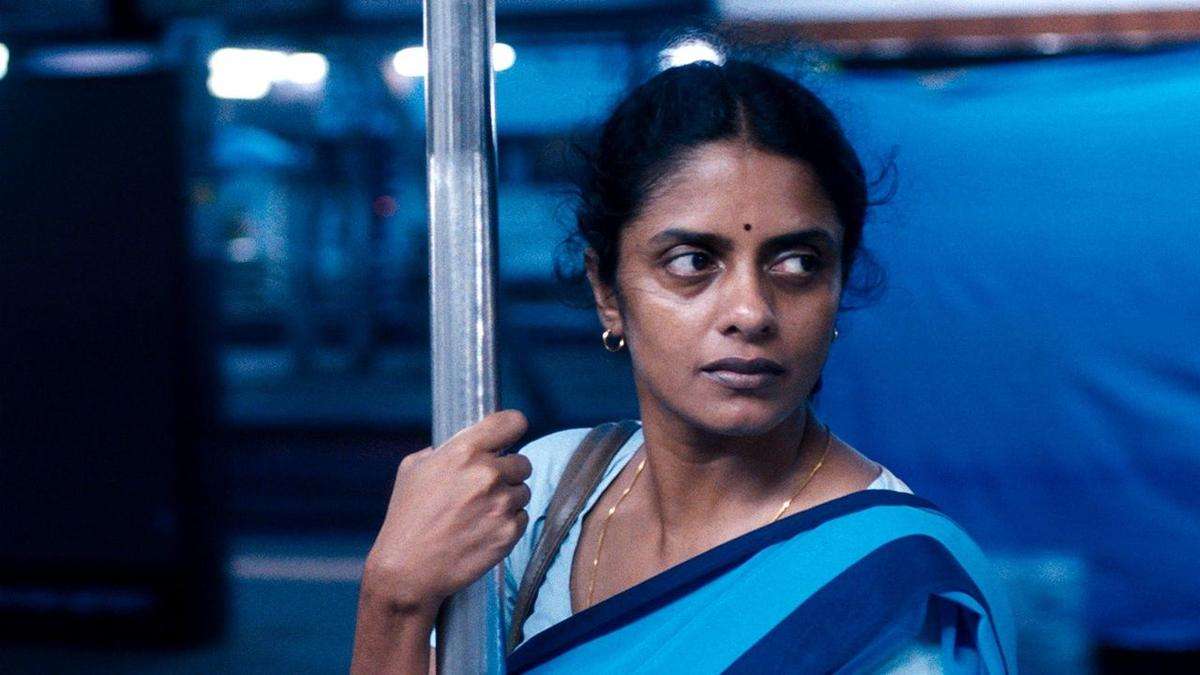
Prabha stays stuck in a marital obligation with an absent husband. She doesn’t act upon her desires and stays busy with work to ignore them, to make herself feel as if they don’t even exist. Unlike her, Anu (Divya Prabha) is a romantic, who does not shy away from expressing her love to her boyfriend, Shiaz (Hridhu Haroon). Much like Ali Junejo’s Haider in “Joyland,” Shiaz is a tender soul, hopelessly in love with someone. When in love, they forget the rules of the world even exist. They leave beyond the realms of practicality and reasoning. Their dreaminess makes them seem like the protagonists of a Wong Kar-wai film.
We witness Anu & Shiaz’s romance with the same tenderness, detached from the reality of interfaith couples in the country they live in. Somewhere deep down, they might know that this part of reality also exists but they don’t let it affect them. I mean, why should they? Society’s regression does not mean they should starve themselves from experiencing pure, heartfelt joy. Their innocence depends on the romantic cliches, which exist for a reason. Most of us want to experience it but are afraid to admit that. So, they are far braver than us. Although not inherently rebellious, their joy serves as an act of resistance in the world that would rather stay committed to their regression than compassion.
Also Read: 10 Great Inspirational Movies That You Need To Watch
Then, there is Parvaty (Chaya Kadam), Anu & Prabha’s close friend, almost like their long-lost sister. Parvaty lives in a house offered to her as compensation for her working-class husband’s death. Years later, the same builder lets go of their charitable facade and threatens to snatch it away from her. It’s a tale that we have seen or heard happening in such cities many times. What makes Parvaty’s struggle Mumbai-specific is her late husband’s mill-worker identity, which is intrinsic to the city’s evolution. While workers like her husband committedly worked for years, some capital-driven minds decided to destroy their lives without any thought for their well-being.
As you see this drama unfold on a screen, you meet a French person, who has lived in Mumbai for a few years, in love with the kindness and consideration of the people staying here. Your friend from another city experiences a uniquely ‘Mumbai moment’ when an auto driver motivates him to pursue his dreams in Mumbai, and reveals how ‘the city teaches you things’ to persevere and survive. Amid this warmth, conflicting realities also exist. People don’t judge you much for being sweaty because they probably are also sweaty! However, they would make you feel less of yourself for not speaking a language as fluently as they do.
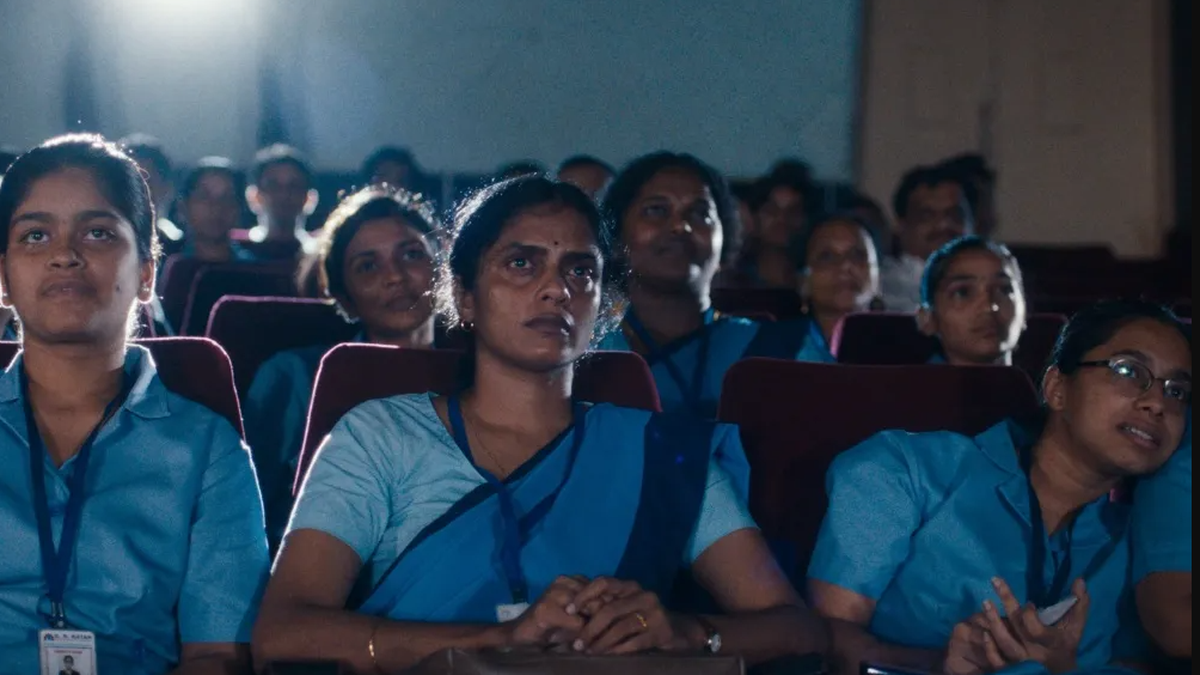
As Kapadia said during her Q&A session, every Mumbai resident has a love-hate relationship with the city. Although these issues are not exclusive to Mumbai, they feel far more significant in this mess of a city. Kapadia portrays them with warmth and assuredness rarely seen in Indian cinema, at least in the recent past. She pulls inspiration from many places (Wong Kar-wai from what I could immediately gather), to build a fluid portrait of the city. You experience a calming solitude amid endlessly honking traffic right next to the maddening chaos of many of the cultural events. At times, the city makes people feel more alike while at others, makes them uncomfortable in their own skins.
You absorb Kapadia’s vision after the screening as you listen to Matty Healy, a British man speaking about wanting to leave LA on Charli XCX’s Brat – for not being able to fulfill his innocent dreams of making it big and thus, rotting in his room – either because he doesn’t have enough money to spend on anything outside or because he just feels like an utter failure. It is also a reality of Mumbai where people can get existential almost every day. Who knows when the city would chew you and spit you out of it? With a man wearing a Brat-themed T-shirt during this screening, this does not seem so far off of a connection to how much this message resonates with people from all walks of life.
Whenever it comes to taking credit for creative choices, Kapadia always goes back to thanking the hands and the minds that helped bring her vision to life. This seemingly minor gesture honors the collaborative nature of this medium and reflects the value of interdependence shining through her film. As you process the film days later, Topshe’s meditative score lingers in your mind. Ranbir Das’s cinematography brings the dramatic contrast of the city’s lights & darkness while respecting the sweat integral to existence in this city. His camera beautifully captures the skin of its actors/characters without any judgment. It finds beauty even in the dark but not the kind that romanticizes the struggle.
Clément Pinteaux’s editing connects the dots in the film’s sound and visuals that reflect the city with a neat balance between romance and harsh reality. Kapadia’s script honors the outliers without turning their stories into hollow underdog tales. There is beauty in the film’s collective vision that leaps out at you when you least expect it. It has a lot to do with how much Kapadia values the lives of ‘outsiders’ in this city without any contempt as someone who grew up there.




